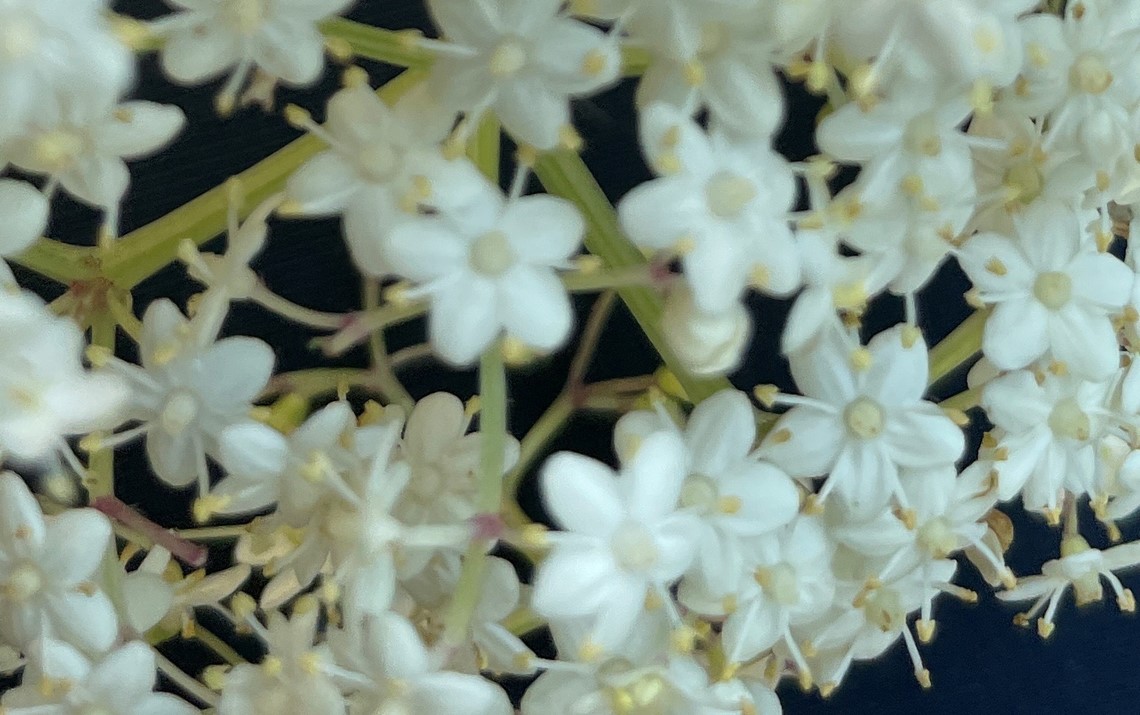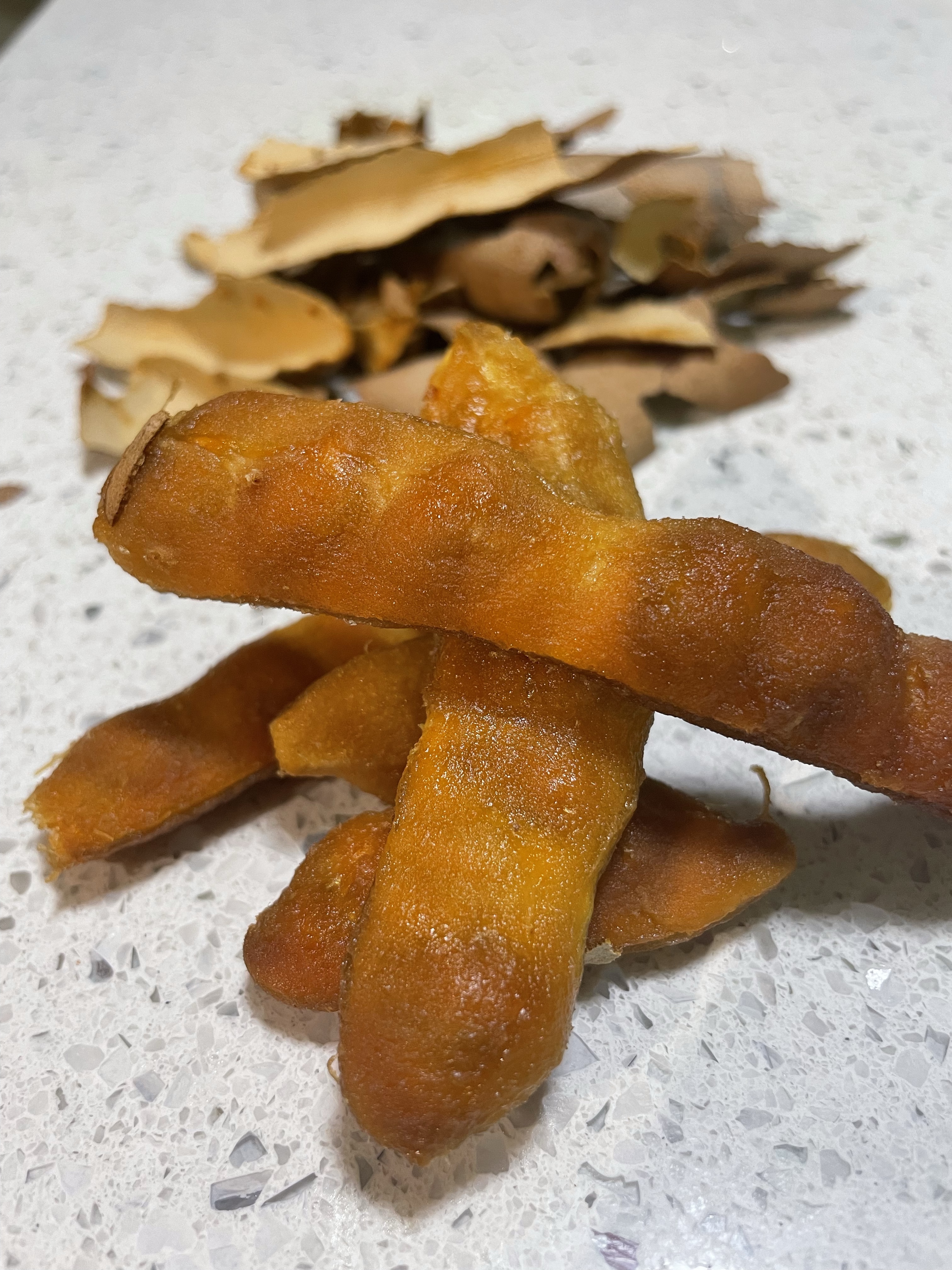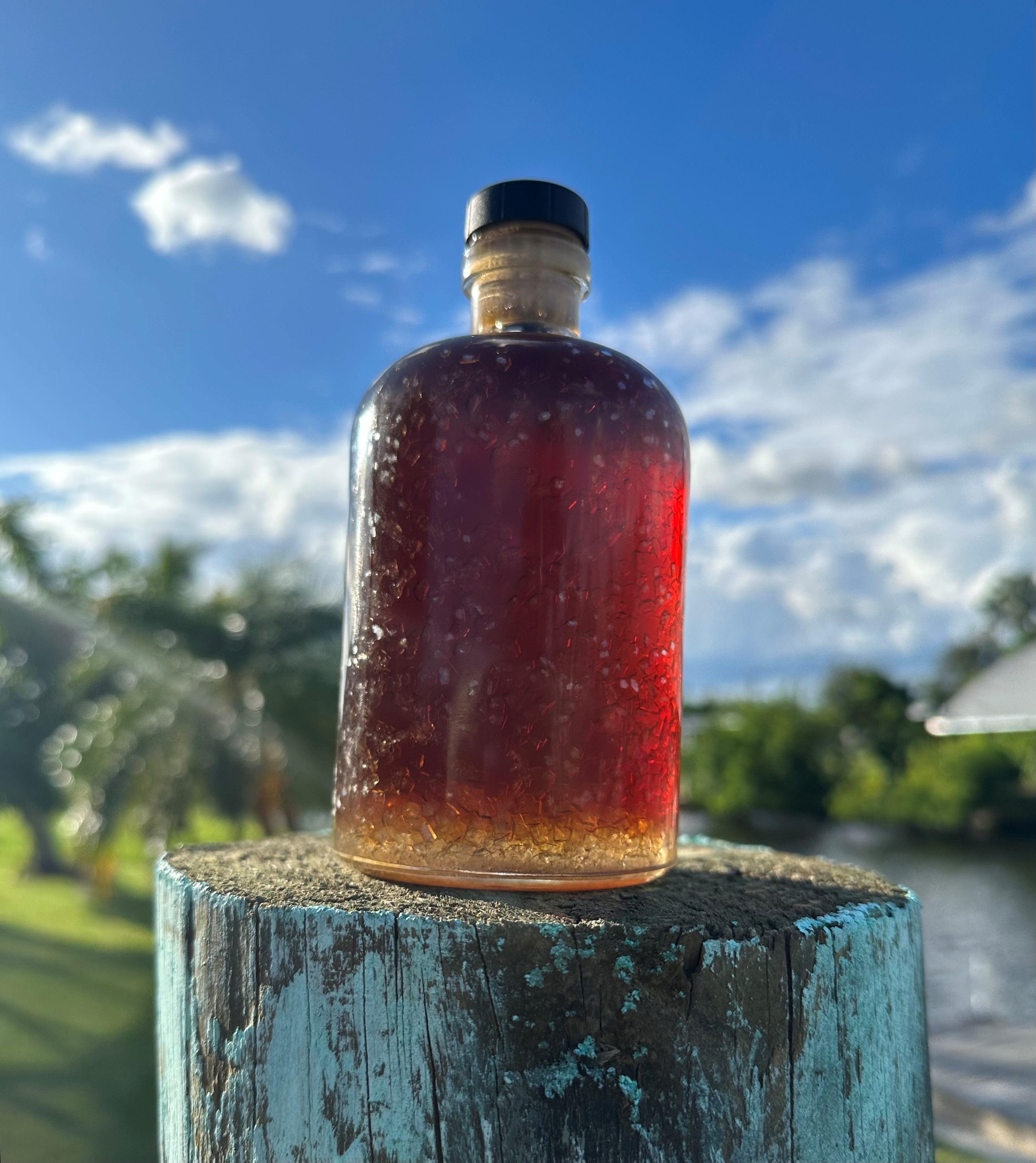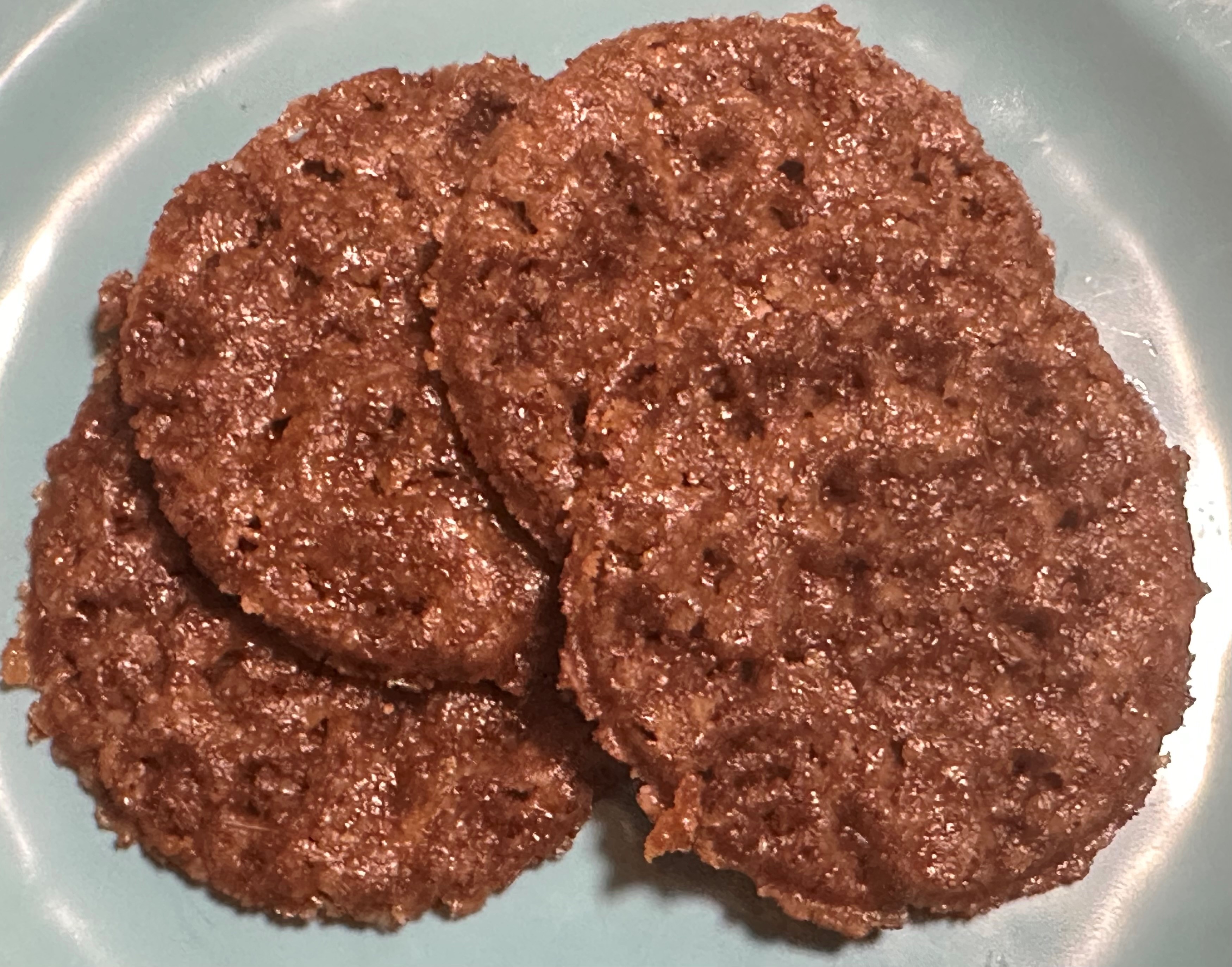ELDERBERRY, COMMON ELDERBERRY, AMERICAN ELDER
June 21, 2022
This week found us in Port Gibson, Mississippi visiting a beloved aunt. Port Gibson is a sleepy town of approximately 1500 residents nestled in rolling, green, kudzu-covered hills.

Port Gibson was the site of a pivotal Civil War battle in 1863 that resulted in the Confederate Army losing control of the Mississippi River.
Additional interesting town history is that from 1918-1950, Port Gibson was home to the Rabbit’s Foot Company, the leading all-black minstrel and variety troupe that toured the South in this period. Commemorating Rabbit’s Foot’s contribution to the development of the blues music, Port Gibson is now one of the stops on the Mississippi Blues Trail.


We stayed at the Grand Gulf Military Park where an eclectic museum boasts exhibits that span from the Ice-Age to the Civil War and Prohibition. Also on site are several restored buildings and the cemetery for the ghost town of Grand Gulf.





It was here that we spotted Ganoderma curtisii, one of the two North American reishi mushroom species, growing on the decaying roots of an old oak tree.

Its Asian cousin, G. lingzhi, is well-known for its healing properties in Traditional Chinese Medicine and there is new research suggesting that G. curtisii also possesses similar antioxidant activity.
But I digress from the topic at hand – the abundant elderberries in full bloom across the Port Gibson countryside.
BOTANICAL DESCRIPTION
Native to eastern North and South America, the American elderberry is a deciduous woody plant that forms a multi-trunked shrub 4-12 feet tall that spreads via by root suckers. Elderberry can often be found in ditches or along the outskirts of woodlands as it prefers full sun or partial shade.
American elderberry branches are yellowish-gray with scattered, wart-like structures called lenticels that are actually raised pores that allow gas exchange between the atmosphere and the plant’s internal tissues. The inside of the stem, or pith, is solid and white.
Leaves are pinnately compound, opposite and toothed. In spring and summer the elderberry has an abundance of fragrant small, creamy-white flowers with five petals that are clustered into large, flat-topped, umbrella-like groupings.
In late summer and fall the small edible purplish-black fruit ripens in
drooping clusters.

RECIPE
Elderberry Flower Pancakes
While the berries are the most commonly consumed part of the plant, the flowers are also edible. However, all of the elderberry flower recipes I was familiar with – wine, cordial and jelly – are not compatible with the small space and limited cooking utensils of a camper kitchen.
But with a little online sleuthing, I found a recipe for elderberry flower pancakes from Haphazard Homestead that sounded delicious and simple. That batter recipe is egg, flour and beer but, I didn’t have any beer, so I fell back on good old pancake mix.
- 1 cup pancake mix
- 1 egg
- ½ cup milk
- 1 cup of elderberry flowers removed from the stems
In a medium mixing bowl combine the pancake mix, milk, and egg. Gently fold in the elderberry flowers. Don’t overmix the batter or you deflate air bubbles and promote gluten development which will result in flat, tough pancakes.
Heat a skillet over medium-low heat and coat with melted butter or non-stick cooking spray. Cook on the first side for 30 seconds to a minute, until the surface bubbles have popped and the edges are dry enough to get your spatula under. Flip and cook for an additional 30 seconds. Serve warm with maple syrup.



I found including elderberry flowers to the pancakes made them more filling and added a delicate honey-like sweetness.
TRADITIONAL USES & HERBAL BENEFITS
There is a long history of using elderberry by Native Americans and in folk medicine. Contemporary research has found evidence to support following applications:
- Immune-boosting
- Antiviral
- Antimicrobial
- Antioxidant
- Anti-inflammatory
- Cancer-inhibiting
References
Edible Wild Food. (n.d.). Elderberry: Sambucus canadensis. https://www.ediblewildfood.com/elderberry.aspx
Schmitzer, V., Veberic, R., & Stampar, F. (2012). European elderberry (Sambucus nigra L.) and American Elderberry (Sambucus canadensis L.): Botanical, chemical and health properties of flowers, berries and their products. Berries Prop. Consum. Nutr, 127-144. Flavonols and anthocyanins of elderberry fruits (Sambucus nigra L (researchgate.net)
Trek Birmingham. (n.d.). Sambucus canadensis. https://medicinalgarden.trekbirmingham.com/sambucus-canadensis/






Leave a Reply